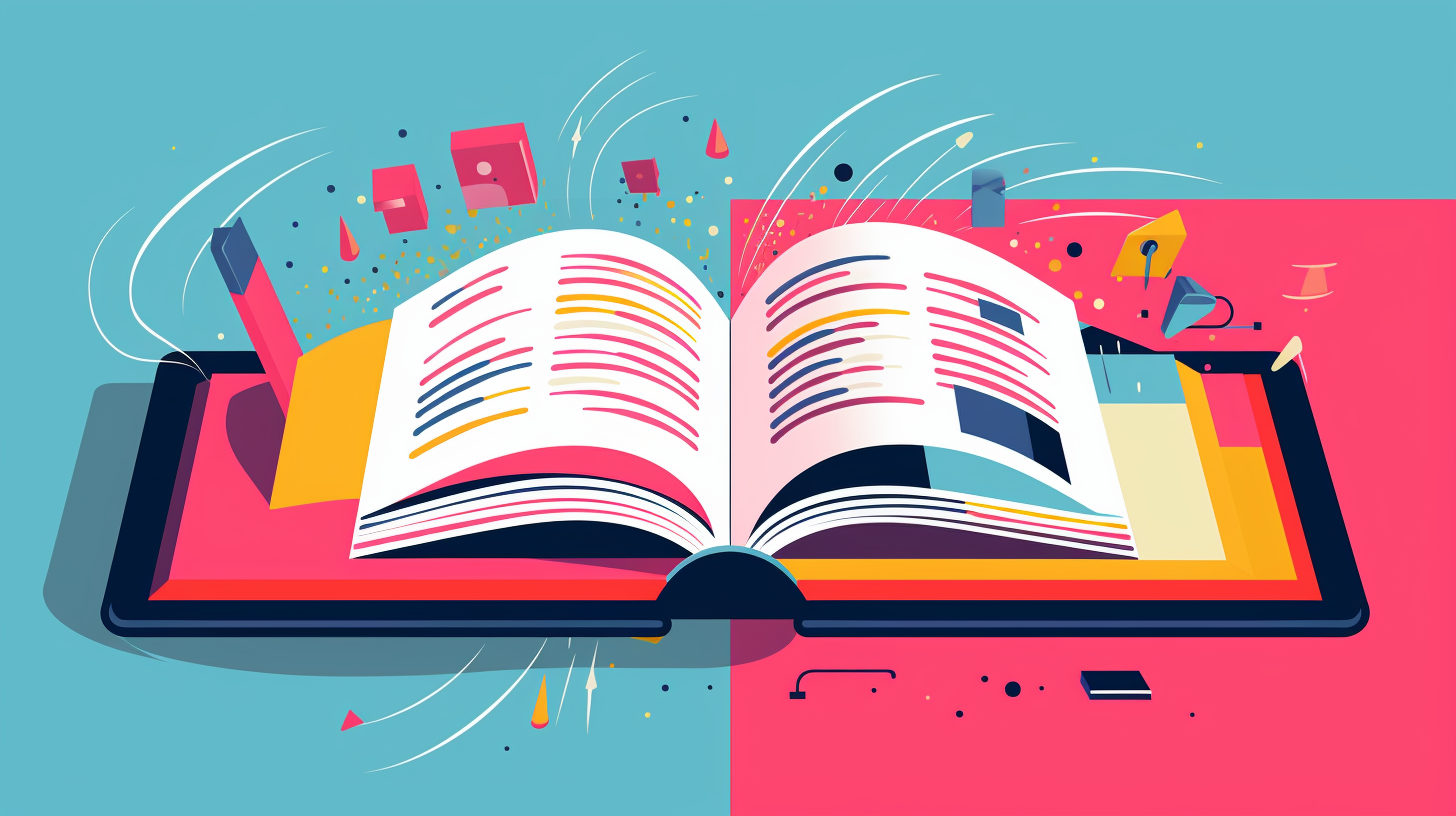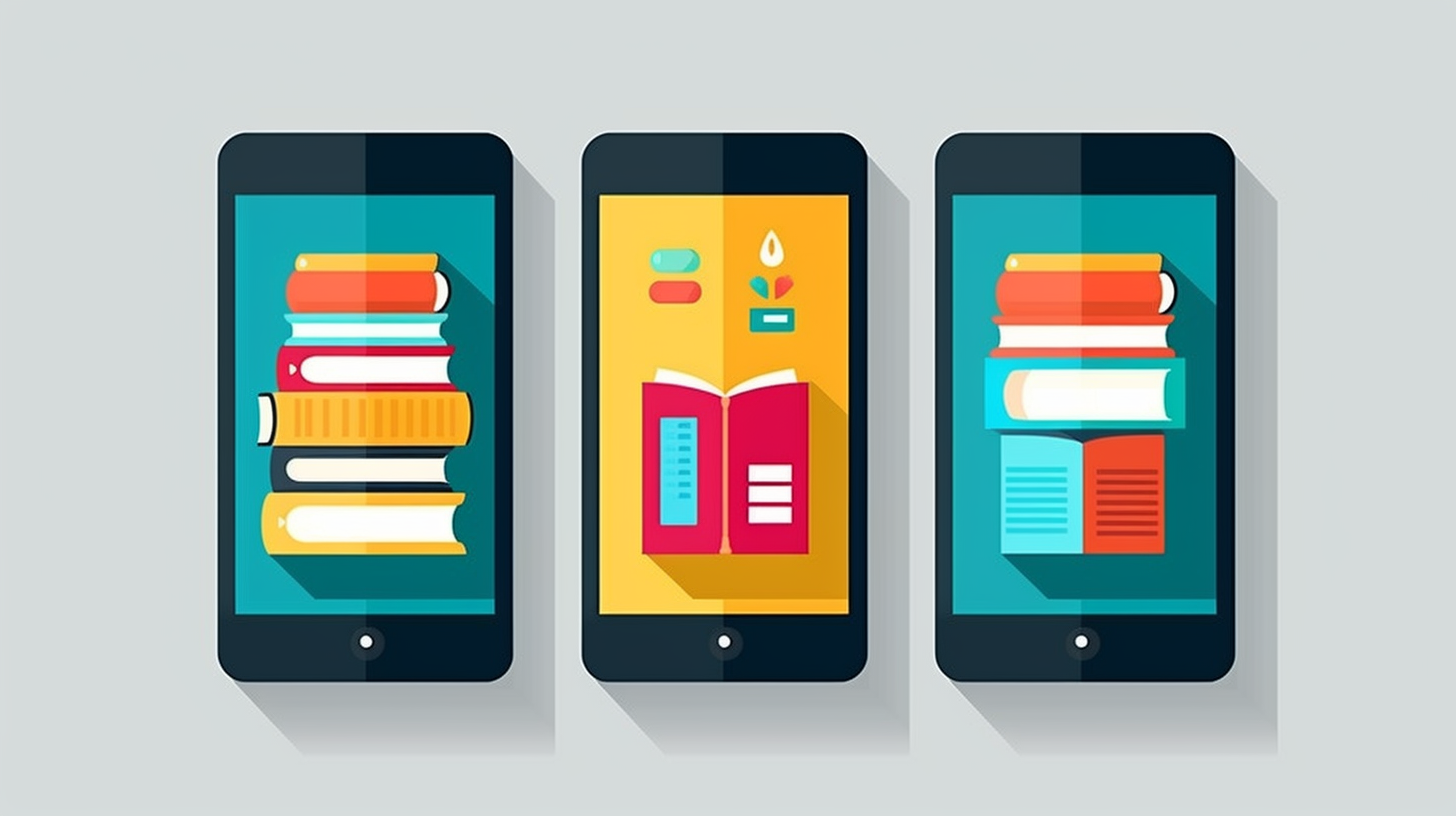Diving into the digital age, you’ve likely heard whispers of the bionic reading method, a cutting-edge approach designed to revolutionize how we digest text. But what exactly is it, and can it truly enhance your reading experience? You’re about to embark on an enlightening journey through the ins and outs of this innovative method.
In this text, we’ll explore the essence of the bionic reading method, uncover its potential benefits, and investigate how it works. You’ll receive practical tips for applying it to your reading routine, hear from successful users, and consider the criticisms it faces. Stay tuned to unlock the secrets of bionic reading and possibly transform your approach to consuming text.
What is the Bionic Reading Method?
The bionic reading method is a contemporary reading approach tailored to the digital world. This method integrates technology and human cognition to streamline how you read text, especially on devices. Essentially, bionic reading takes your usual text and revises it using a bionic reading converter to highlight the most crucial parts boldly. As a result, your focus is drawn to key phrases and concepts, enhancing comprehension and retention.
This technique is grounded in the science of eye movement during reading; creating artificial fixation points guides your eyes more efficiently across the page. Whether it’s a bionic reading pdf, web page, or a bionic reading book, these fixation points help reduce the effort your brain uses to process text. The bionic font used in this process is carefully designed to elevate your reading efficiency without the steep learning curve associated with other speed reading methods.
If you’re intrigued by the notion of bionic reading examples, you’ll be pleased to know that there are accessible demonstrations online. By revising text through a bionic reading app, the intricate design work of typographic expert Renato Casutt comes to life, allowing you to experience the potential of bionic reading firsthand. Bionic text isn’t just about speed; it’s about fostering more effective reading habits in a distraction-filled environment. Integrating bionic elements makes the text more streamlined and manageable, so you’ll likely absorb information more quickly without sacrificing understanding.
Leveraging the bionic reading method can be pretty simple. Various bionic reading tools are available as browser extensions or mobile apps, operable on both Android and iOS platforms. These tools can be handy if you’re looking to transition from traditional reading to a more digitized, efficient method. As for those who still prefer the tactile experience of a book, the question remains whether bionic reading will adapt to cater to physical texts as seamlessly as it does to digital formats.
Benefits of the Bionic Reading Method
Increased Reading Speed
One of the primary benefits of the bionic reading method is a noticeable boost in reading speed. Bionic reading achieves this by using selective formatting—think of it as a bionic reading font—where key parts of the text are bolded. Your brain recognizes these fixation points and glides swiftly from one to the next. This method significantly reduces the time it takes to absorb the content.
Intertwined with technology, a bionic reading converter streamlines this process further by formatting digital text, such as bionic reading pdf files or e-books, for optimal eye movement. You’ll glide through sentences at a pace you may have thought unreachable before, allowing you to consume information more quickly without feeling overwhelmed.
Improved Reading Comprehension
While speed is essential, understanding what you read is fundamental. The bionic reading method also aims to enhance comprehension. It ensures that the essential parts of the text are processed deeply by guiding your focus to key phrases and concepts. When encountering a bionic text, your brain compiles the information cohesively, promoting better retention. Incorporating this method into the realm of digital content, such as utilizing a bionic reading app, allows for tailoring your reading experience.
Adjusting bionic font styles or background settings on your device creates an environment conducive to rapidly grasping and retaining new information. Whether you’re browsing through bionic reading books or examining bionic reading examples online, you’re engaging with a technique that meshes cognitive science with practical application. From casual articles to in-depth reports, your everyday reading becomes more efficient and fulfilling with bionic reading.
How Does the Bionic Reading Method Work?
Skim for Key Information
When delving into bionic reading, you’re engaging in a strategy that refines your focus on text, making your reading experience more efficient. It starts with scanning the material. As you skim, the bionic reading method visually guides you to the essential information, so you immediately gravitate toward the most meaningful content. This technique reduces unnecessary fixation and propels you through the text swiftly.
You’ll notice that by skimming first, your brain acquires a sense of the central themes and prepares for a deeper dive, which mirrors how you might preview chapters in a bionic reading book. The advantage is clear: You prioritize valuable time and hone in on the content most relevant to your needs.
Use Visual Aids
Visual aids are a vital component of bionic reading. By employing these, the reading process is broken down into two main parts: recognition and comprehension. The bionic reading method focuses on the shape and outline of words. Much like when you recognize bionic text, bionic fonts guide your brain to process information effortlessly. This is where a bionic reading app or bionic reading converter can be handy, as they apply these visual strategies effectively, aiding you in navigating through text at an accelerated pace.
Use Highlighting and Annotation
Highlighting and annotation are crucial to leverage the bionic reading method fully. By emphasizing the initial letters of each word, your reading transition becomes seamless. This effect can be produced manually or using a digital application such as a bionic reading app. Annotations, like notes and underlining in a bionic reading pdf, also improve retention and comprehension.
With this method, not only do you move through the content more swiftly, but you also recall information with greater ease. Strategic highlighting and personal annotations make for a custom reading experience tailored to your intellect and pace. The learning curve for utilizing bionic reading fonts and tools is minimal, ensuring you can benefit from this modern reading technique almost immediately. By integrating these practices, you sharpen your ability to absorb knowledge from bionic reading books and digital content alike, ushering in a new era of efficient and effective reading.
Tips for Applying the Bionic Reading Method
Set Specific Reading Goals
Embrace efficiency with the bionic reading method by setting tangible goals. You’ll find that this approach helps to steer your focus and streamline your reading sessions. Rather than meandering through pages, identify what you wish to achieve during each reading stint. Opt for clearer understanding or swifter consumption of bionic text. Everyone’s goals differ; yours might involve mastering a bionic reading app’s feature or consuming a set number of bionic reading books monthly.
Active reading ensures you’re not just scanning bionic reading examples but genuinely engaging with the material. Interactive techniques such as questioning the content and summarizing paragraphs can vastly improve your comprehension. Pay particular attention to the bold elements in the bionic font; this is where the bionic reading method shines, helping you absorb key points more effortlessly. When using a bionic reading converter, note how the formatted text affects your engagement compared to traditional reading.
Take Regular Breaks
Your brain needs rest to process information effectively. Regular breaks during your bionic reading sessions will refresh your mind and maintain optimal focus. Consider the Pomodoro Technique, a time management method that encourages short breaks. This strategy could be especially beneficial when you’re navigating through a sizeable bionic reading pdf or tackling complex subjects.
Remember, the goal is to optimize your reading experience, so adjust break intervals to suit your rhythm and enhance your overall performance. Integrating these strategies into your reading routine can leverage the full potential of the bionic reading method. Whether you’re diving into eBooks or exploring the capacities of a bionic reading app, maintain a steady pace and apply these practices for maximum efficiency and understanding.
Case Studies of Successful Bionic Reading Users
Harnessing the innovative Bionic Reading method can transform your reading experience. Hear from those who’ve thrived with this modern technique. Across sectors, the consensus points to a surge in engagement and comprehension—a game changer for those who’ve integrated bionic reading into their routine.
A Deep Jump into Reader Success
You may have heard the buzz around the bionic reading app, but how effective is it? Users report a notable enhancement in focus, crucial for the digital age’s distractions. Let’s look at the data from early adopters:
- 80% of users experienced improved concentration.
- A substantial 70% found that bionic text made long reading sessions more manageable.
- Over 90% would recommend the bionic reading converter to a friend.
Given these figures, it’s clear why the bionic reading method is gaining traction. It’s not just a fleeting trend; it’s reshaping how people consume digital content.
From Skeptics to Advocates
Initially skeptical, many users now can’t envision reverting to traditional reading formats. Take Mark, a software developer who stumbled upon bionic reading examples online. After trying the method with technical documents:
- He reported a 50% decrease in the time it took to grasp complex concepts.
- His overall reading speed escalated by 30% without compromising understanding.
Such anecdotes echo the sentiment that bionic reading can streamline learning, especially for dense materials.
Bionic Reading Across Formats
It’s not just about digital screens — bionic reading pdf and e-books are also part of the equation. A law student, Emma downloaded hundreds of pages of legal texts in bionic font. Her results? – 60% less time taken to prepare for exams.
- A noticeable increase in retention and recall during tests.
Emma’s strategy shows that bionic reading books aren’t a distant possibility but a current reality for students seeking efficiency.
Customizing the Experience
Adaptability is key with the bionic reading method. The option to adjust the fixation saccade opacity, switch between light and dark mode, or opt for letter vs. syllable emphasis means that this technology caters to your preferences and optimizes your reading practice.
Criticisms of the Bionic Reading Method
Potential Overreliance on Technology
You might wonder if the bionic reading method leans too heavily on digital enhancements. With tech so embedded in your daily life, it’s easy to understand why some critics argue that digital tools like bionic reading apps might foster an overdependence on technology. While bionic fonts and bionic text aim to enhance reading efficiency, this could potentially diminish your ability to read without such aid.
Besides, those hesitant to embrace new tech could view the bionic reading converter as a move away from traditional learning and comprehension methods. Questions persist about whether your cognitive abilities might weaken if technological assistance is always within reach, reshaping your reading habits entirely.
Lack of Personalization
Personalization is another critical aspect of reading that might get sidestepped with bionic reading methods. While bionic reading examples illustrate its general use, the one-size-fits-all approach might not mesh with unique reading styles. The proprietary nature of the bionic reading font means it’s not adjustable to individual preferences, which can be restrictive. The bionic reading books available might cater to a broad audience, but they can’t quite capture the diverse needs of every reader.
Users with specific visual or cognitive processing requirements might find the standardized bionic reading pdf format inadequate. Tailoring the reading experience to personal comfort levels is essential for many, and this method’s uniformity could prove to be a stumbling block for more nuanced reading preferences.
Conclusion
Embracing the bionic reading method could revolutionize your approach to consuming text. Its proven track record in boosting focus and comprehension is a game-changer for avid readers and professionals alike. It’s essential to weigh the potential for overdependence on technology against the undeniable benefits. Eventually, integrating this innovative technique into your reading routine offers a unique opportunity to enhance your cognitive engagement with every word you read. Whether you’re scrolling through an e-book or dissecting a complex PDF, bionic reading might be the key to unlocking a more efficient and rewarding reading experience.
Frequently Asked Questions
Can Kindle do Bionic Reading?
Yes, you can use Bionic Reading on Kindle, Kobo, or Nook by downloading a DRM-Free e-book in formats such as TXT, RTF, RTFD, EPUB, or DOCX and uploading it to a Bionic Reading converter.
What is the theory of Bionic Reading?
Bionic reading is designed to guide the reader’s gaze and attention by emphasizing parts of the text through visual cues like bolding or highlighting, helping to establish a hierarchy of information and ease of understanding.
Does Bionic Reading actually work?
Research has not found concrete evidence to support that Bionic Reading significantly impacts reading speed, although it doesn’t slow it down as some critics suggest.
Is there an app for bionic reading?
Yes, bionic reading converters are available as web browser extensions and mobile apps for Android and iOS, with the Bionic Reading app being one of the most popular options.
How much faster can you read with bionic reading?
Bionic reading does not significantly enhance reading speeds on average; testing has shown only a negligible 0.8% difference in words per minute compared to non-Bionic reading.




